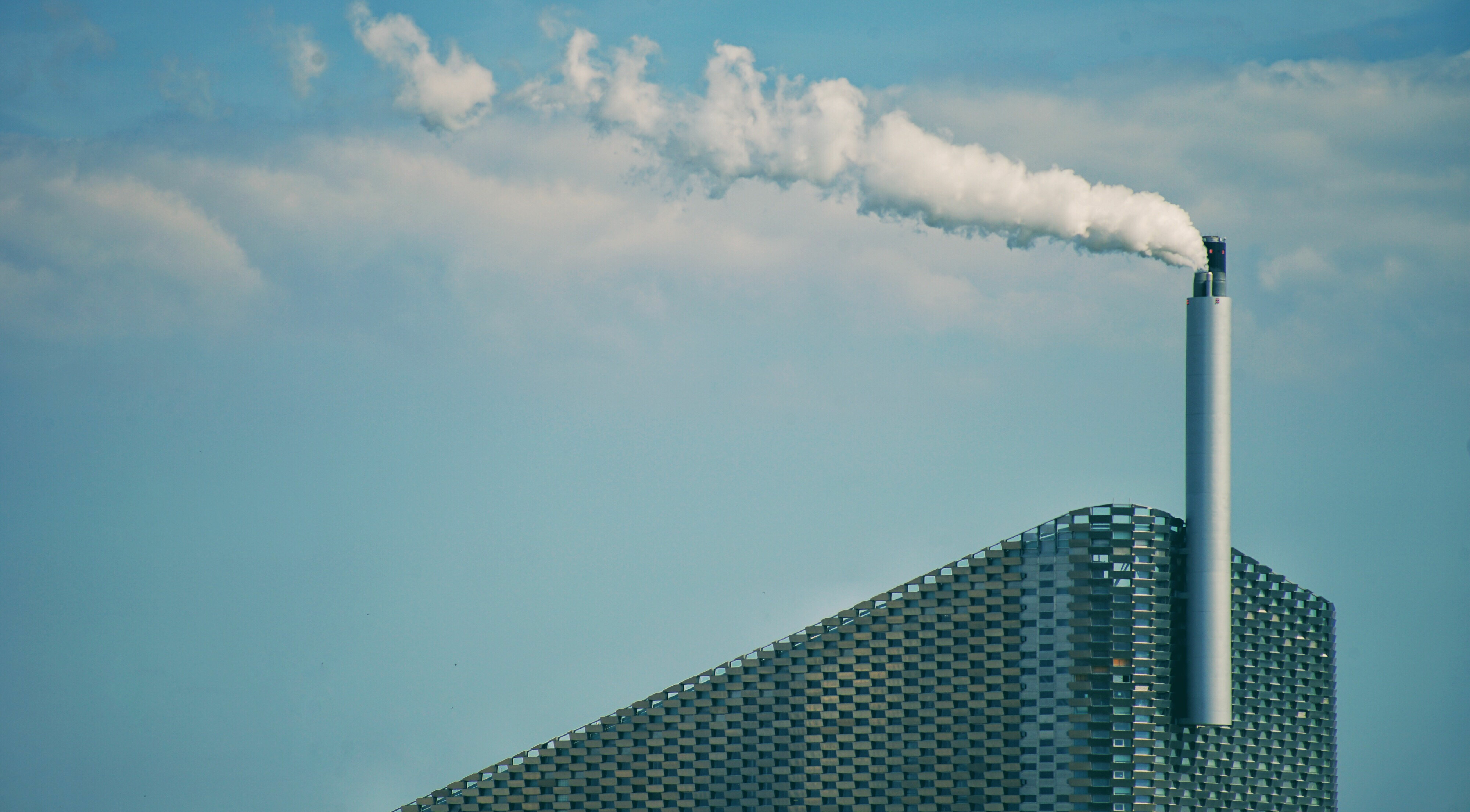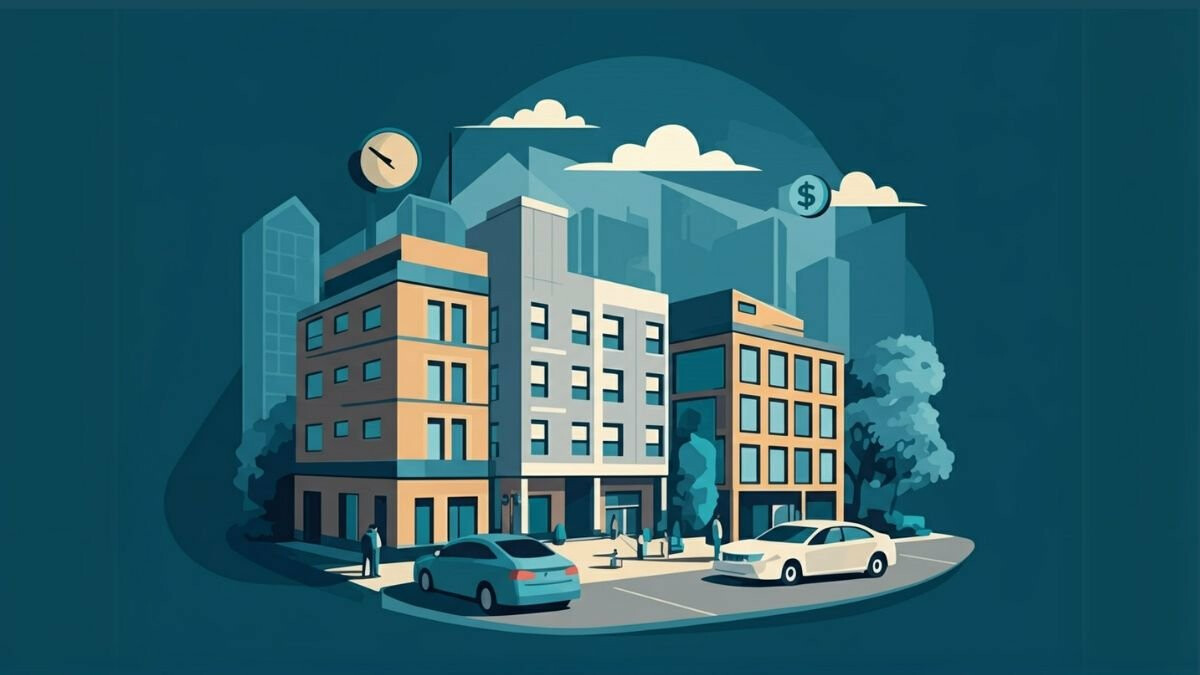28 Apr 2021 | Industry Insights
Are we doing enough to achieve Net Zero?

Have you ever wondered where most of the world's carbon emissions come from?
Is it from deforestation, agriculture or manufacturing? Delving into the answers to these questions is rather surprising.
The realities of CO2 emissions are much removed from what you see in newspapers and on TV. Did you know that cement manufacturing emits more greenhouse gases than the total amount from the aviation industry?
Cement production accounts for between 6-8% of global carbon emissions – more than the total combined emissions of every plane in the sky, train on a track and ship in the sea. While we can actively limit our use of planes, trains and ships to reduce emissions, currently, there are few alternatives to concrete in the construction of buildings.
Here is another example - The billions of homes around the world today account for 10.9% of total global carbon emissions, including everything from electricity to coal, wood and gas.
However, the steel and chemical industries combined account for 13% of carbon production.
A crazy statistic considering, on the one hand, there are eight billion people and only a few thousand manufacturing plants worldwide.
Similarly, buildings are responsible for 39% of global CO2 emissions, with 28% generated during operation.
The UK Government has committed to reducing greenhouse gas emissions to zero by 2050, as have many other developed nations.
These countries have begun to use renewable energy generated through solar or wind power rather than coal or gas to generate electricity.
Additionally, many private businesses are looking at product solutions to move them closer to net-zero.
Research carried out by GeSI, facilitators of real-world solutions to solve real-world issues within IT, has suggested that the deployment of digital twins such as Twinview can contribute to a 20% reduction in global carbon dioxide emissions by 2030.
Reducing emissions to net-zero is no easy feat, mainly because emissions come from so many different (and sometimes unusual) places that involve a wide range of processes upon which we have become too reliant.
To improve, we must know where we are using our energy. It is no longer enough to achieve net-zero by planting a few trees and keeping lights switched off longer.
In terms of the built environment, a building's carbon footprint can be improved by optimising its performance. Twinview achieves this by using IoT devices and sophisticated AI to identify patterns and trends of how a building is used, allowing the user to see where energy is being spent.
When we understand how a building is used, we can operate it more sustainably, reducing costs while improving efficiency and the occupier experience.
Suppose Net Zero is the goal; it is time to rewrite the rules of the industrial world.
Related insights

Industry Insights
The Intelligent Hotel: Navigating Costs with Digital Twins
The hotel industry, a sector once synonymous with bustling lobbies and seamless service, has weathered numerous challenges over the past decade. From pandemic-induced shutdowns to the relentless squeeze of rising costs and staffing headaches, hotel survival has become a masterclass in adaptation. Room demand reached an all-time high in 2024, according to STR research. As travellers return in mass, expectations have shifted, demanding a level of personalised experience that feels both effortless and intuitive. How do hotels meet the challenge? Enter the digital twin—a virtual representation reflecting the hotel's every heartbeat.
Read more

Case Studies
Preserving the Past, Powering the Future: Twinview's Role at Archives New Zealand
The newly constructed Archives New Zealand facility in the heart of Wellington represents a strategic investment in the long-term stewardship of the nation's invaluable historical records. Designed to provide a secure and stable environment for the preservation of national archival collections, safeguarding heritage isn’t just about secure storage; it requires a smart, resilient, and efficient environment supported by cutting-edge facilities management. To meet this challenge, Archives New Zealand partnered with Twinview and WT New Zealand to embed intelligence into the building's fabric. The result? A future-ready, high-performance facility where smart data meets operational excellence.
Read more

Industry Insights
Understanding Renters' Rights: How Digital Twins Improve Compliance and Property Management
The recent introduction of the Renters' Rights Bill in the UK aims to improve the relationship between tenants and landlords. As part of a broader effort to ensure fairer and more transparent living conditions, this bill ensures that rental properties meet specific standards, including affordability, maintenance, and habitability. Landlords and property managers now face new challenges in complying with evolving regulations. We explore how Digital Twins could support with these new compliance requirements.
Read more

